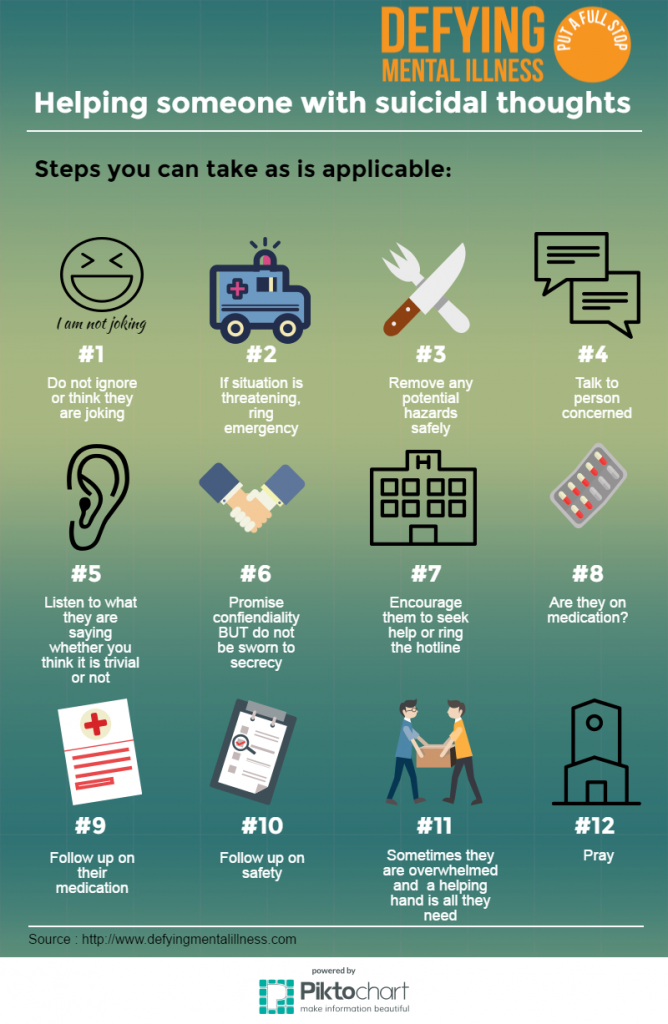Cognitive Behavioral Therapy Explained
Cognitive Behavioral Therapy Explained
Blog Article
How Do Mood Stabilizers Work?
State of mind stabilizers assist to soothe locations of the mind that are affected by bipolar affective disorder. These medicines are most efficient when they are taken on a regular basis.
It might take a while to find the ideal drug that works finest for you and your medical professional will certainly check your problem throughout treatment. This will certainly involve routine blood tests and possibly a modification in your prescription.
Natural chemical regulation
Neurotransmitters are a team of chemicals that regulate one another in healthy and balanced people. When degrees become unbalanced, this can result in state of mind problems like depression, anxiety and mania. State of mind stabilizers aid to prevent these episodes by assisting regulate the balance of these chemicals in the mind. They additionally may be made use of along with antidepressants to enhance their efficiency.
Medicines that function as state of mind stabilizers consist of lithium, anticonvulsants and antipsychotics. Lithium is probably the most popular of these drugs and works by influencing the flow of sodium with nerve and muscle mass cells. It is frequently used to treat bipolar affective disorder, yet it can also be useful in dealing with various other state of mind conditions. Anticonvulsants such as valproate, lamotrigine and carbamazepine are additionally reliable mood stabilizing medications.
It can take some time to discover the ideal sort of medication and dosage for each person. It is essential to work with your doctor and engage in an open dialogue regarding exactly how the medication is working for you. This can be especially practical if you're experiencing any side effects.
Ion channel inflection
Ion channels are a significant target of state of mind stabilizers and numerous other medicines. It is now well developed that they are vibrant entities that can be regulated by a range of outside stimulations. Additionally, the inflection of these networks can have a range of temporal impacts. At one extreme, modifications in gating characteristics might be rapid and instantaneous, as in the nicotinic acetylcholine receptor/channel system. At the other end of the spectrum, covalent alteration by healthy protein phosphorylation might result in modifications in network feature that last much longer.
The area of ion network modulation is going into a period of maturity. Recent research studies have actually shown that transcranial concentrated ultrasound (United States) can boost neurons by activating mechanosensitive potassium and sodium channels embedded within the cell membrane. This was shown by shared networks from the two-pore domain name potassium household in Xenopus oocytes, and concentrated United States dramatically modulated the present streaming with these networks at a holding voltage of -70 mV (ideal panel, loved one result). The outcomes are consistent with previous observations showing that antidepressants impacting Kv networks manage glia-neuron communications to contrary depressive-like habits.
Neuroprotection
Mood stabilizers, like lithium, valproic acid (VPA), and carbamazepine, are necessary in the therapy of bipolar illness, which is holistic mental health services defined by recurring episodes of mania and clinical depression. These medicines have neuroprotective and anti-apoptotic buildings that aid to stop cellular damage, and they also enhance mobile strength and plasticity in useless synapses and neural wiring.
These protective activities of state of mind stabilizers may be moderated by their restraint of GSK-3, inositol signaling, and HDAC activity. In addition, long-lasting lithium treatment shields against glutamate excitotoxicity in cultured neurons-- a version for neurodegenerative disorders.
Researches of the molecular and mobile effects of mood stabilizers have actually shown that these medications have a wide variety of intracellular targets, consisting of numerous kinases and receptors, in addition to epigenetic modifications. Refresher course is required to determine if state of mind stabilizers have neurotrophic/neuroprotective activities that are cell type or wiring certain, and how these effects might match the rapid-acting healing reaction of these representatives. This will assist to create new, faster acting, much more reliable treatments for psychiatric ailments.
Intracellular signaling
Cell signaling is the process whereby cells communicate with their atmosphere and various other cells. It involves a sequence of action in which ligands connect with membrane-associated receptors and result in activation of intracellular paths that regulate necessary downstream mobile functions.
State of mind stabilizers act upon intracellular signaling through the activation of serine-threonine protein kinases, leading to the phosphorylation of substratum proteins. This triggers signaling waterfalls, leading to modifications in genetics expression and cellular function.
Lots of state of mind stabilizers (including lithium, valproate and lamotrigine) target intracellular signaling pathways by preventing details phosphatases or activating certain kinases. These results create a decrease in the activity of these pathways, which results in a reduction in the synthesis of specific chemicals that can impact the mind and lead to symptoms of depression or mania.
Some mood stabilizers also work by improving the activity of the inhibitory neurotransmitter gamma-aminobutryic acid (GABA). This enhances the GABAergic transmission in the brain and decreases neural activity, consequently creating a soothing impact.